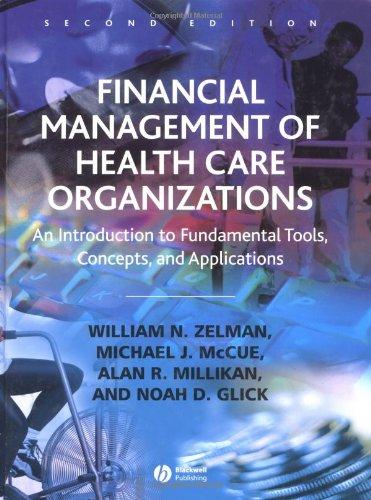Determining breakeven price in a reduce/expand decision. QuickCare is a health care franchise that functions as a
Question:
Determining breakeven price in a reduce/expand decision. QuickCare is a health care franchise that functions as a primary family health clinic, seeing unscheduled patients 24 hours a day. Several months after the grand opening, a corporate office management engineering study showed that the clinic was experiencing some dips in volume in the mid-afternoon hours. In order to increase volume, efficiency, and revenues, the clinic administrator contracted with the area high schools to provide after-school physicals for the sports teams.
The initial agreement was that QuickCare would charge $75 per exam, the market average. With this increase, fixed costs remained at $30,000 and variable costs at $35 per physical. Though this strategy proved somewhat successful, gross profit margin lagged behind the corporate expectations. In order to improve margin, the clinic is considering increasing the exam price to $85.
QuickCare’s administrator projects that this price increase will cause the high schools to send their athletes to other providers and that volume could drop by 33 percent. Last year, QuickCare performed 1,026 examinations. The administrator feels that if the program closes down, all $30,000 in fixed costs would be saved.
a. What should QuickCare’s decision be assuming that this price increase will decrease the number of patients seen by one-third?
b. What price would QuickCare have to charge to make up for the loss of patients?
c. Using the information from part
a, should QuickCare make the same decision if 40 percent of the fixed costs are avoidable? Would it be better or worse off? Why?
Step by Step Answer:

Financial Management Of Health Care Organizations
ISBN: 9780631230984
2nd Edition
Authors: William N. Zelman, Michael J. McCue, Alan R. Millikan, Noah D. Glick





